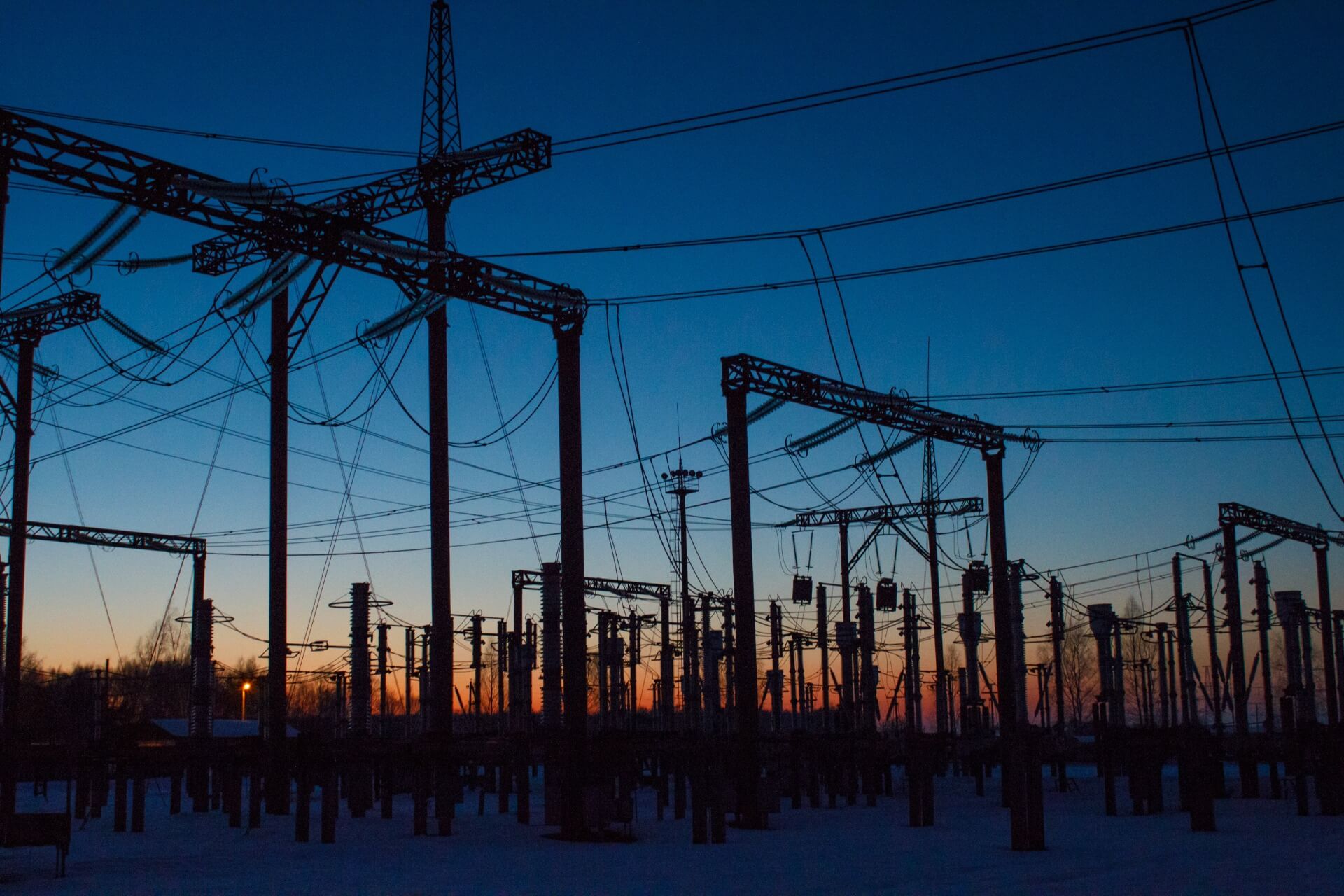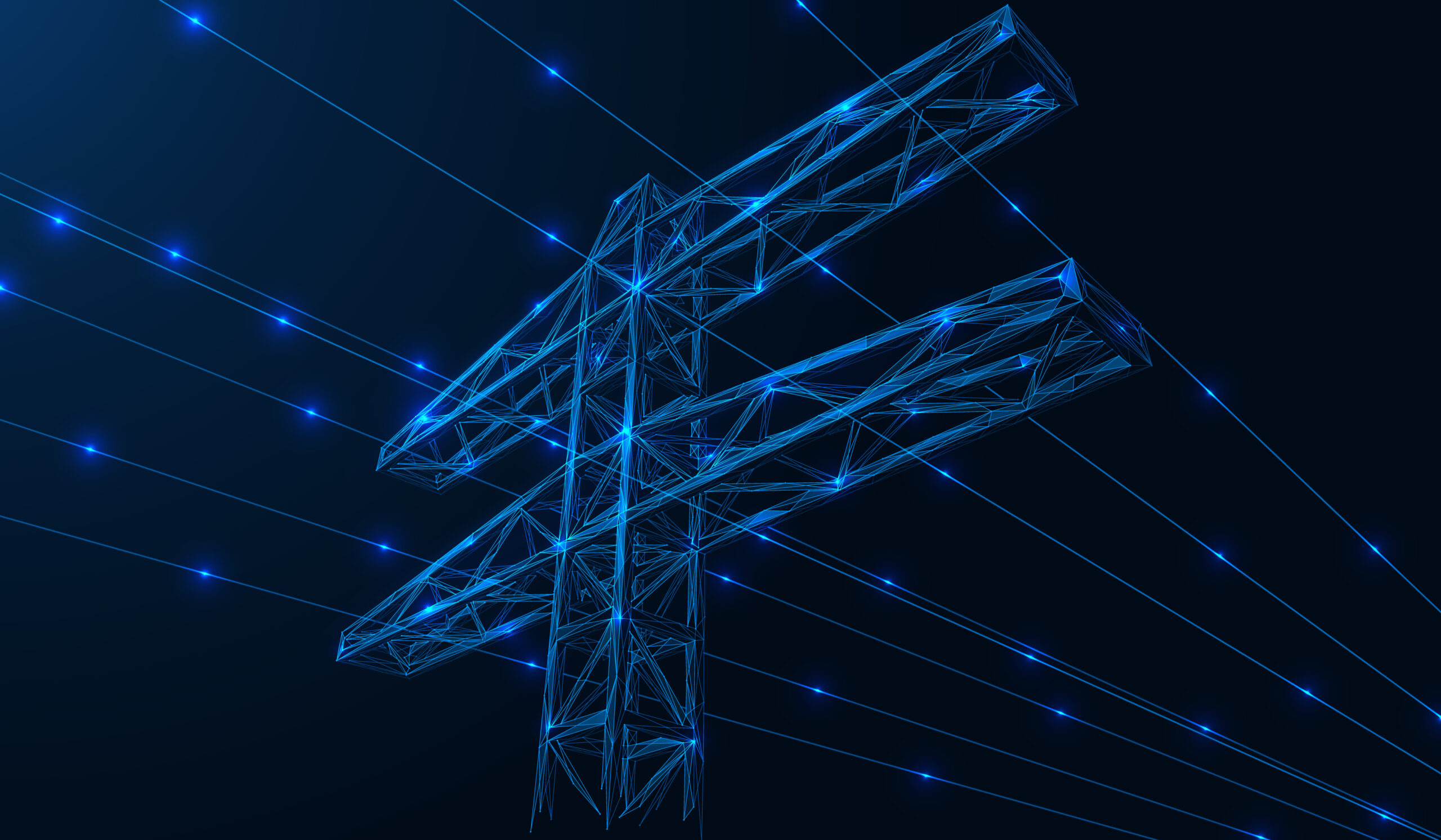Since its inception, the U.S. electrical grid has mostly relied on a one-way transmission of electricity from centralized generation facilities, through a system of power lines and substations, to delivery for use in homes and buildings. As grid modernization efforts focus on improving and firming up operations, energy consumers are increasingly incentivized to take advantage of new, smart energy efficiency (EE) and demand response (DR) technology to engage in automated, bi-directional communication with the grid.
Demand response has been around for decades, but programs have primarily targeted large buildings, public infrastructure, and industrial complexes with high energy demand. However, new technologies are now enabling harder-to-reach small and medium building types to participate and finally take part in EE and DR energy savings and incentives. While load reduction at a medium-sized retailer may not be comparable to that of a manufacturing plant, many smaller buildings aggregated together within a load zone or across a utility territory can provide meaningful, flexible capacity-driving grid resiliency for operators and customers. There is a massive opportunity to apply these solutions for over 30 million commercial buildings under 200K sq. ft. across the country.
Businesses are becoming increasingly pressured to adopt sustainable practices and report on carbon reductions, but on top of these progressing social and corporate norms, EE and DR technologies benefit commercial energy consumers economically. Climate change, the transition to renewables, and building and transportation electrification trends are causing significant disruptions impacting energy reliability and supply costs. Grid-interactive technologies enable automated control of energy consumption and the capability to respond to grid signals in real-time, reduce energy costs, avoid peak demand charges, contribute to energy reliability, and help to build more energy-resilient communities.
California’s grid emergency in 2020 demonstrates how urgent the problem is and how impactful demand response can be. From August 14 – 21, 2020, California experienced Stage 3 emergency conditions as extreme heat paired with other unforeseen circumstances left the California Independent System Operator (CAISO) with forecasted daily capacity shortages up to 4,400 MW. The deficit resulted in rolling blackouts Friday through Sunday across the state. By Monday, through a combination of dispatching existing demand response (DR) capacity and enabling automated voluntary end-user conservation efforts, there was a significant reduction in demand which prevented further blackouts.
As an early adopter of commercial DR programs, Walgreens leveraged GridPoint’s technology to immediately and voluntarily curtail load across impacted California locations throughout the emergency. Because they already had a DR strategy and program in place, Walgreens was able to make a difference in their community while reducing costs at the same time. Watch this video to learn how Walgreens and GridPoint are helping create the blueprint for how commercial businesses will interact with utilities and the grid going forward.
Programs like these are essential to modernizing the grid. Like the one in California, Grid emergencies will continue to occur as the U.S. transitions to a more decarbonized grid. While utility and consumer investments tend to focus on renewables, there are clear impacts on existing energy distribution infrastructure as new distributed energy resources (DER) are deployed at scale. Automated demand response will play a pivotal role in the energy transition by acting as the bridge between traditional carbon-intensive generation assets and new clean energy technologies to provide the reliability needed by the dynamic, DER-driven grid of the 21st Century. GridPoint focuses on the millions of commercial businesses occupying small and medium buildings that are not currently participating in demand response. As utilities launch programs and solutions for the underserved small and medium commercial market, more businesses, like Walgreens, will be incentivized to become grid-interactive utilizing energy efficiency and demand response technology. At scale, this means more energy-resilient communities that contribute to a more sustainable future and a cleaner, more reliable energy grid.


